|
My project is complete in Michigan and moving on to the next thing. This just seemed like a nice image to wrap things up.
0 Comments
I was recently hiking at the Huron County Nature Center and Wilderness Arboretum in Port Austin, Michigan. Nice place, but bring the bug spray. At the far end of the trail system there is a short boardwalk over some swampy ground, and saw this female red-winged blackbird with a mouthful of bugs. So I stopped to look around a bit more. Quite soon this male red-winged blackbird showed up and started chattering and displaying his wing feathers. So probably by now you've guessed the final photo. There was a single fledgling in the underbrush. The male was trying to scare me away, while the female was bringing in a beakload of food. I headed off to let them get back to things.
Well, what's to say. It is a vulture, and honestly looks a fair lot like a turkey. It's a turkey vulture.
The northern leopard frog has some color variations from nearly brown through vivid lime green. I'd say this one is pretty far into the lime green zone.
Male common yellowthroats have a bold black mask and sing "whichity whichity which" all day long, and thus are easy to spot and easy to identify. The female, however, is much more quiet, secretive and in general without field marks besides the coloration of the feathers, legs and bill. They aren't a bold as the males, but still quite attractive birds when you get a chance to see them.
A widespread species, this pearl crescent butterfly was seen this morning in a meadow near a channelized stream. Lots of wildlife in these types of areas of Michigan.
This yellow warbler was singing away from his perch in a patch of multiflora rose. One of the most common warblers in the area, these have been seen pretty much every day.
I don't get to see these very often, but Michigan is far enough north to be within the breeding range of the mourning warbler. This male was foraging in a woodlot but not singing.
This rose-breasted grosbeak was hanging out the shade this morning in Kinde, Michigan.
The thumb of Michigan is dominated by a landscape of farms and woodlots. This mix is just about the perfect situation for white-tailed deer, and they are super abundant in this area. Spending a day driving the many grid roads assures one of seeing many of them.
But mostly they live in the woodlots, and that is mostly where I have been spending my time lately. So seeing a dozen or more in a few hours is typical. Interestingly, there are many does, and while walking around have discovered many fawns lying perfectly still on the ground, but very few bucks. The trails through the woodlots tend to be grassy, some mowed and some just high grass. When they are high grass, the deer don't know I'm walking there until I am fairly close and they hop up to see what is coming. So I see, over and over, essentially this. |
AuthorKeith Christenson - Wildlife Biologist Categories
All
Author
Keith Christenson Wildlife Biologist Archives
September 2021
|
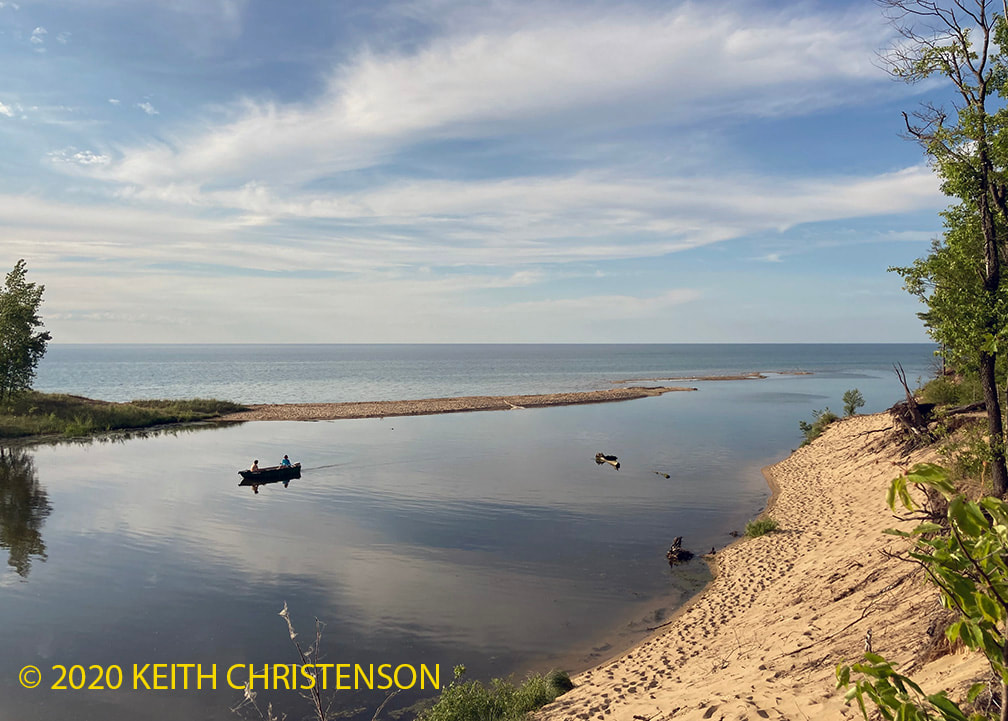
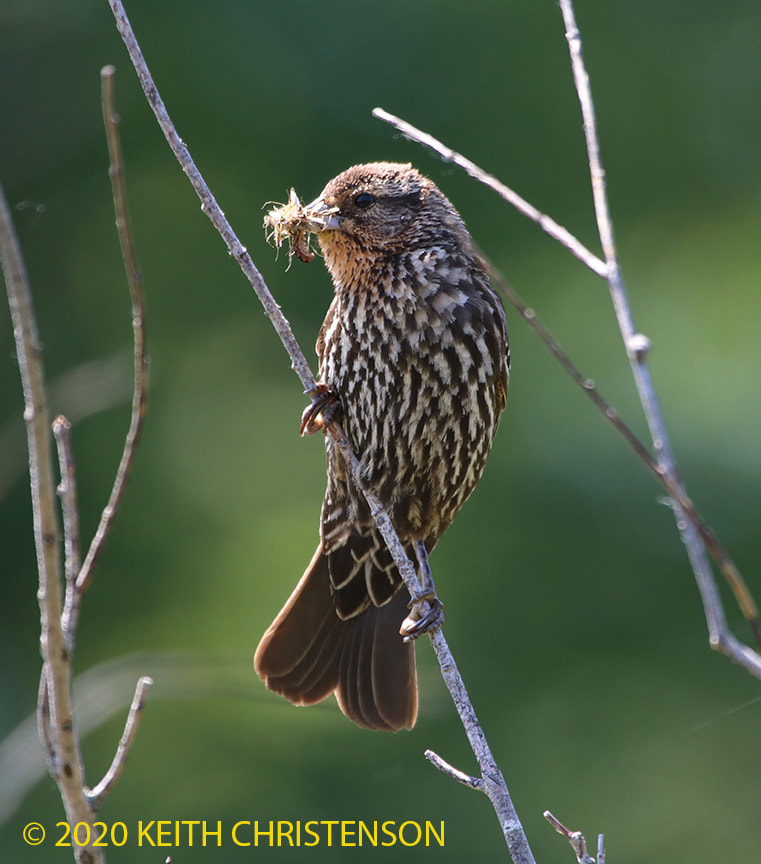
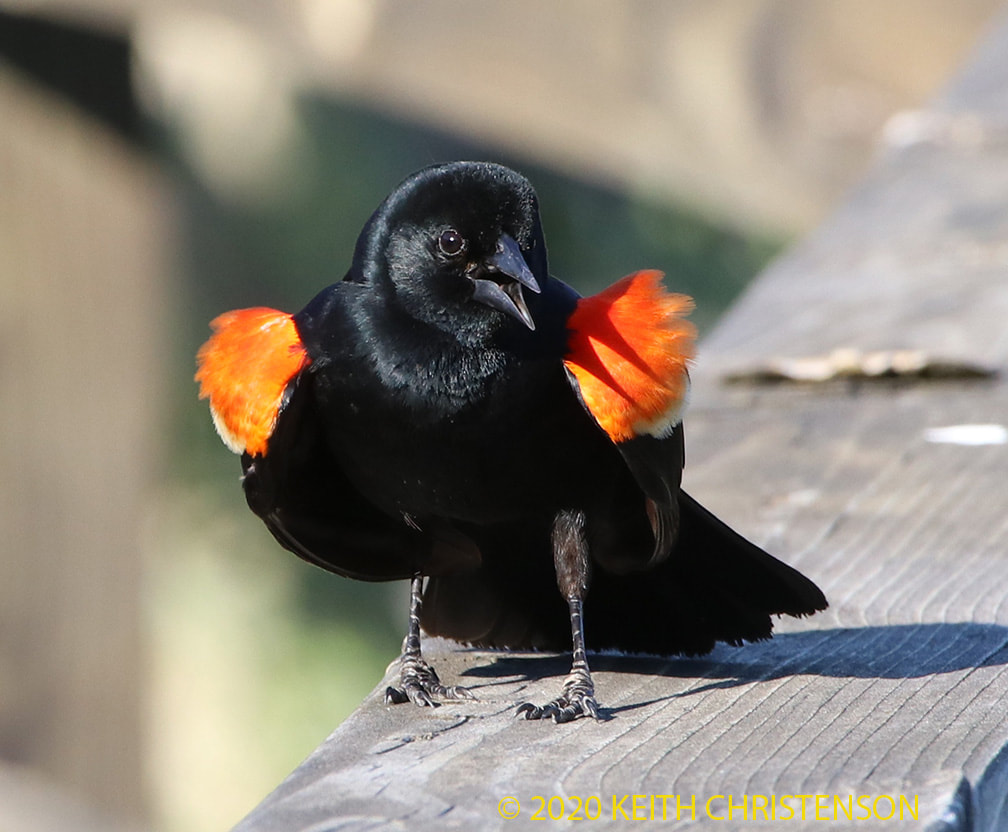
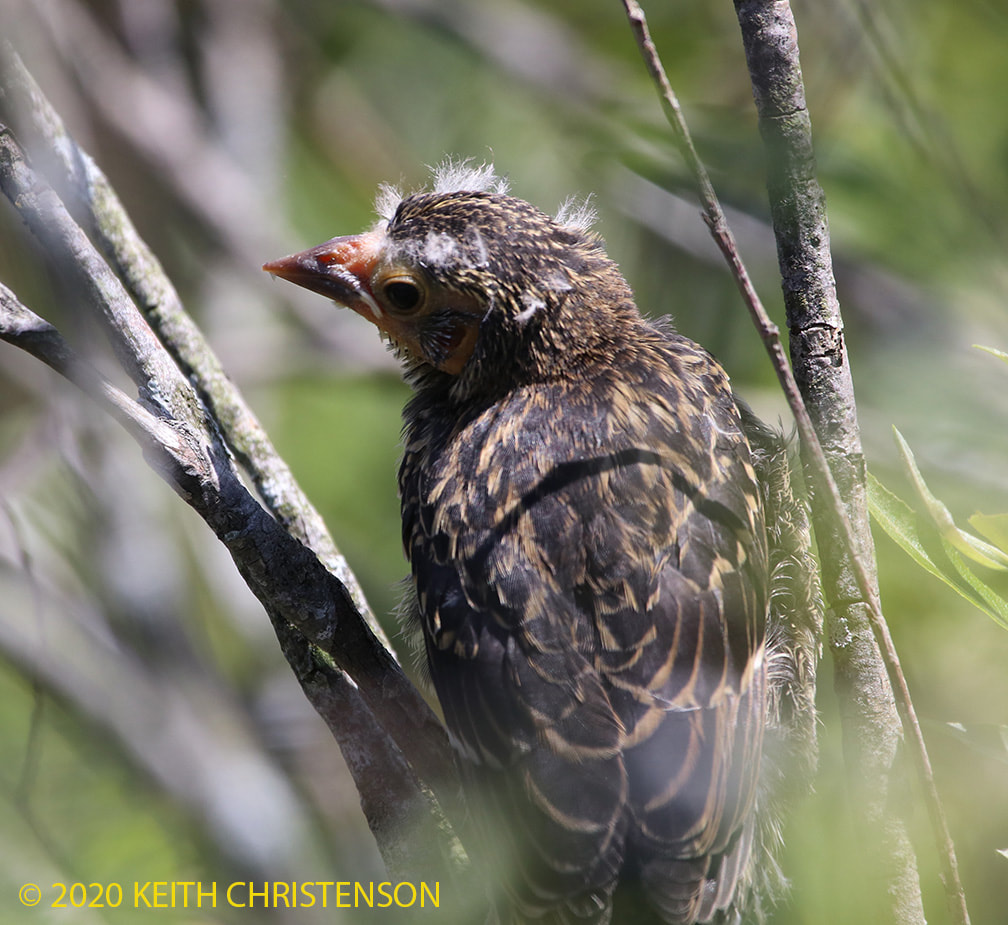
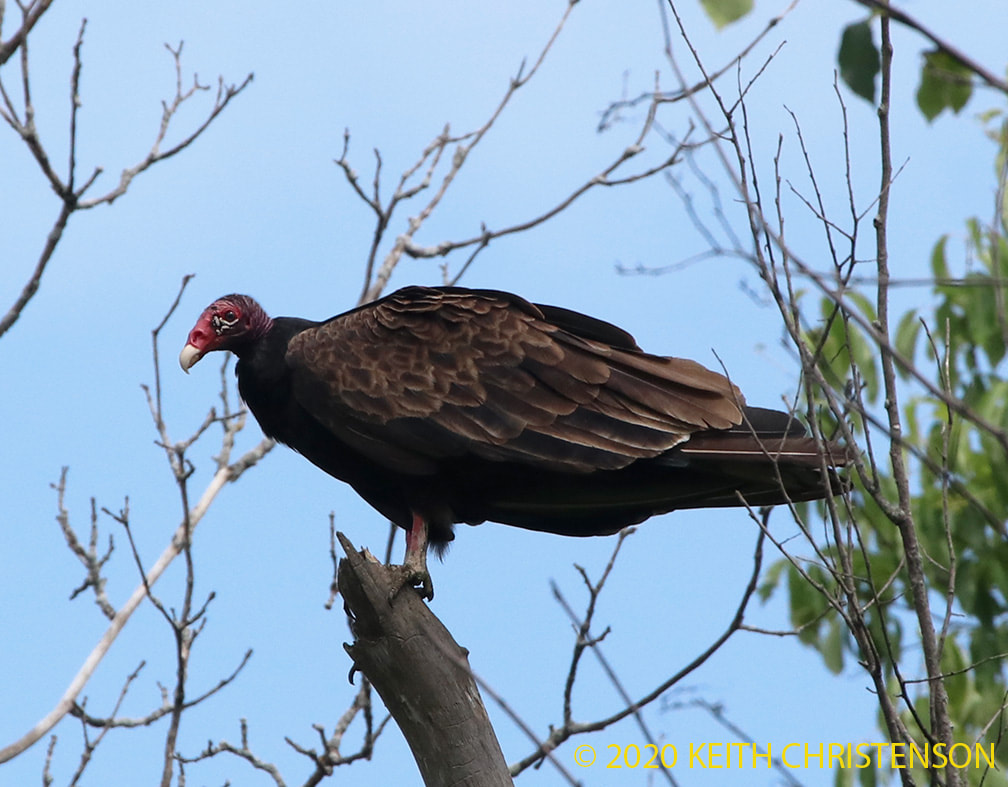

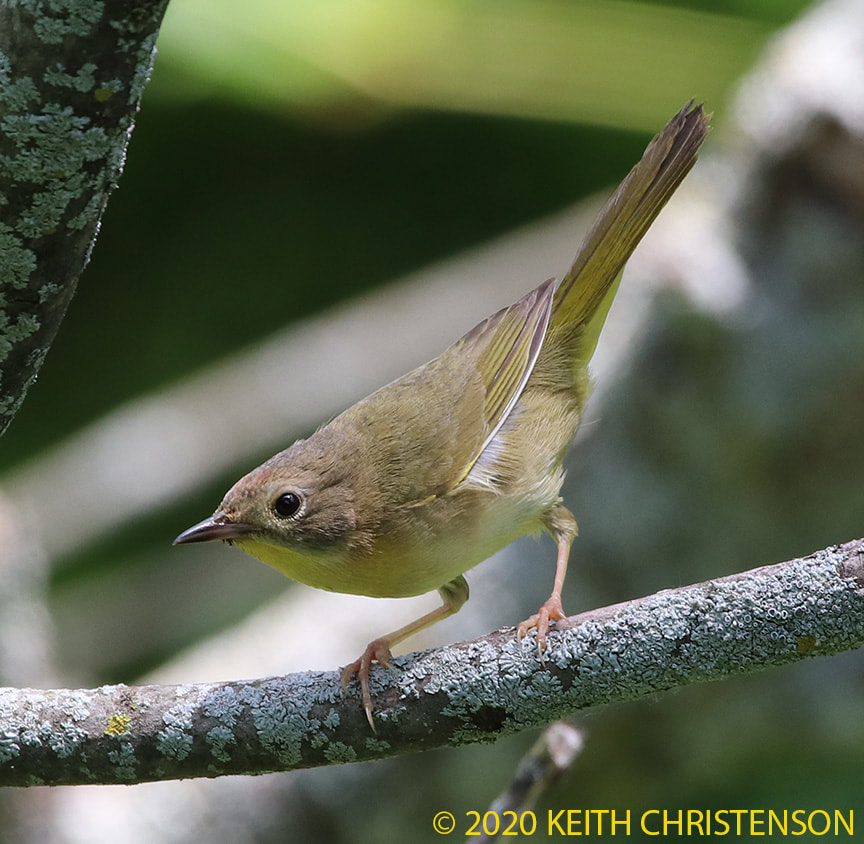



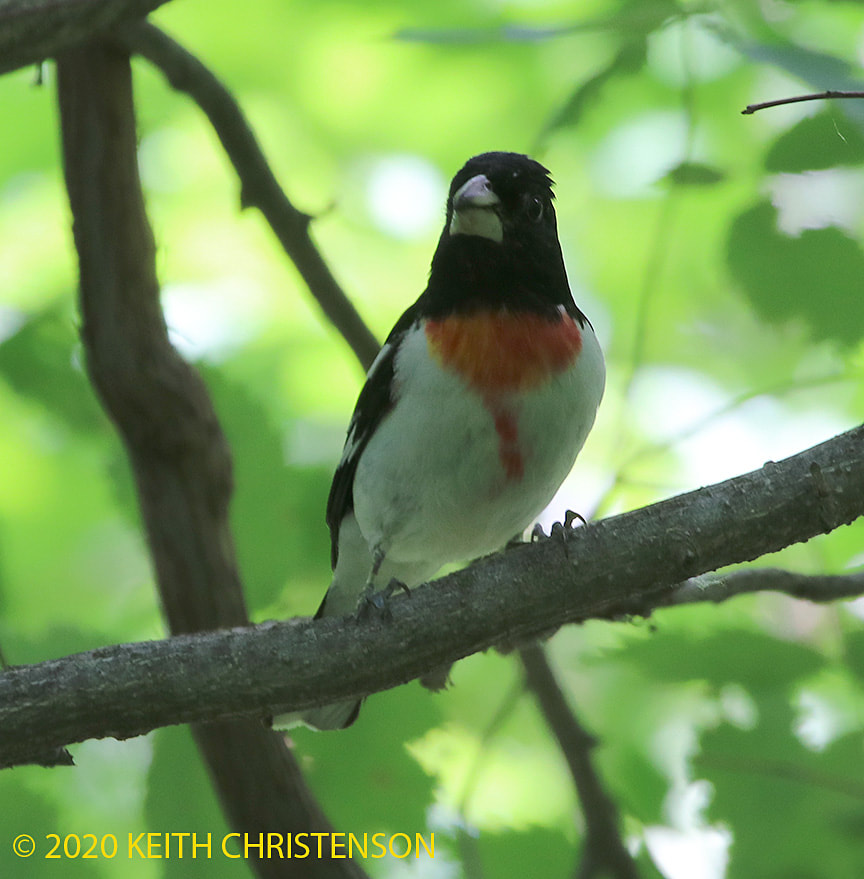

 RSS Feed
RSS Feed